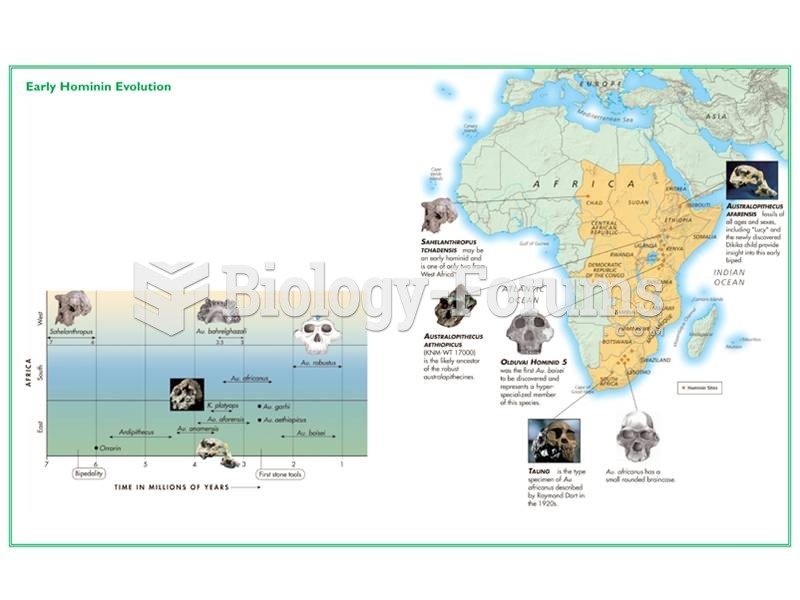This topic contains a solution. Click here to go to the answer
|
|
|
Did you know?
There are approximately 3 million unintended pregnancies in the United States each year.
Did you know?
It is widely believed that giving a daily oral dose of aspirin to heart attack patients improves their chances of survival because the aspirin blocks the formation of new blood clots.
Did you know?
Methicillin-resistant Staphylococcus aureus or MRSA was discovered in 1961 in the United Kingdom. It if often referred to as a superbug. MRSA infections cause more deaths in the United States every year than AIDS.
Did you know?
Increased intake of vitamin D has been shown to reduce fractures up to 25% in older people.
Did you know?
A seasonal flu vaccine is the best way to reduce the chances you will get seasonal influenza and spread it to others.
 Max Weber (1864–1920) was another early sociologist who left a profound impression on sociology. ...
Max Weber (1864–1920) was another early sociologist who left a profound impression on sociology. ...
 The slight (5 microsecond) difference in the firing of the companion cylinders is enough time to ...
The slight (5 microsecond) difference in the firing of the companion cylinders is enough time to ...






